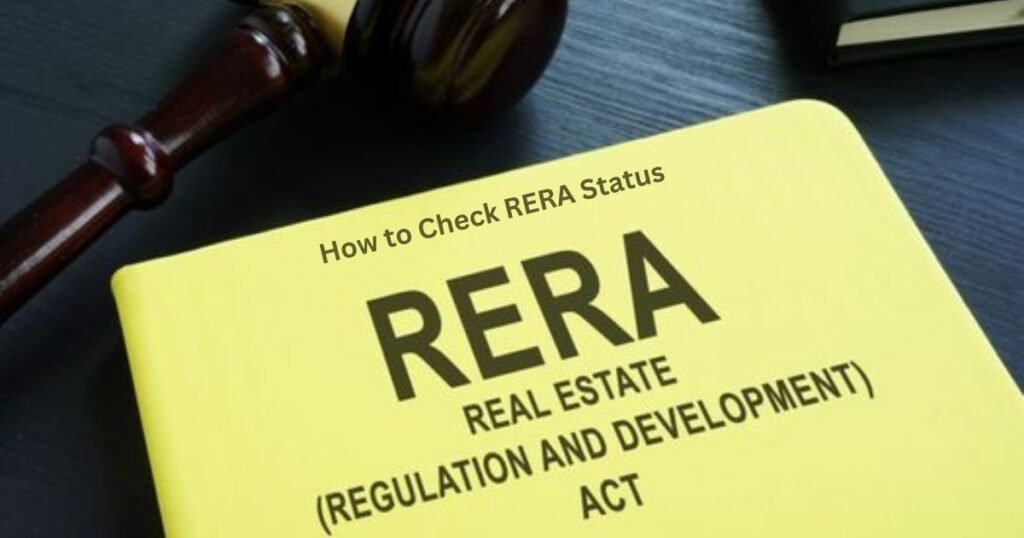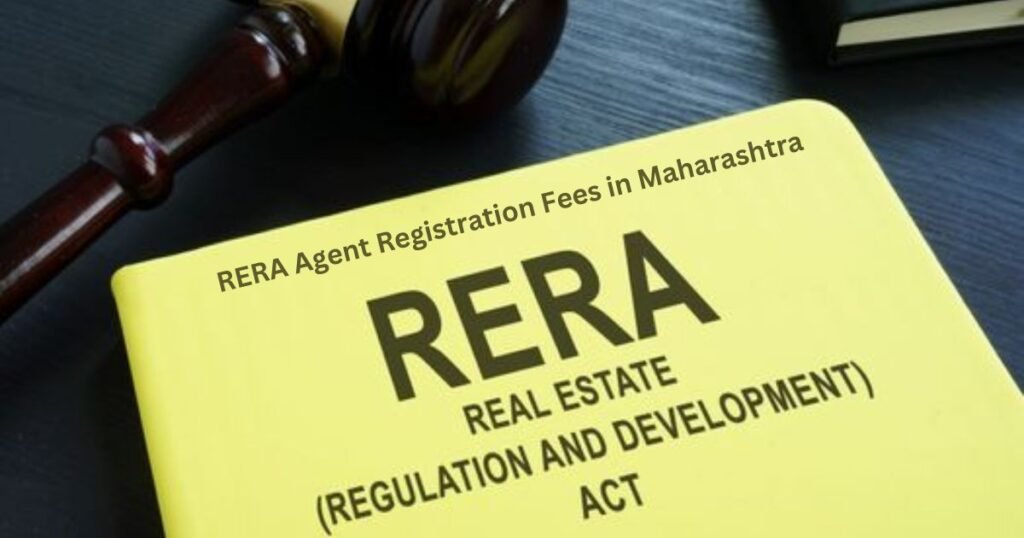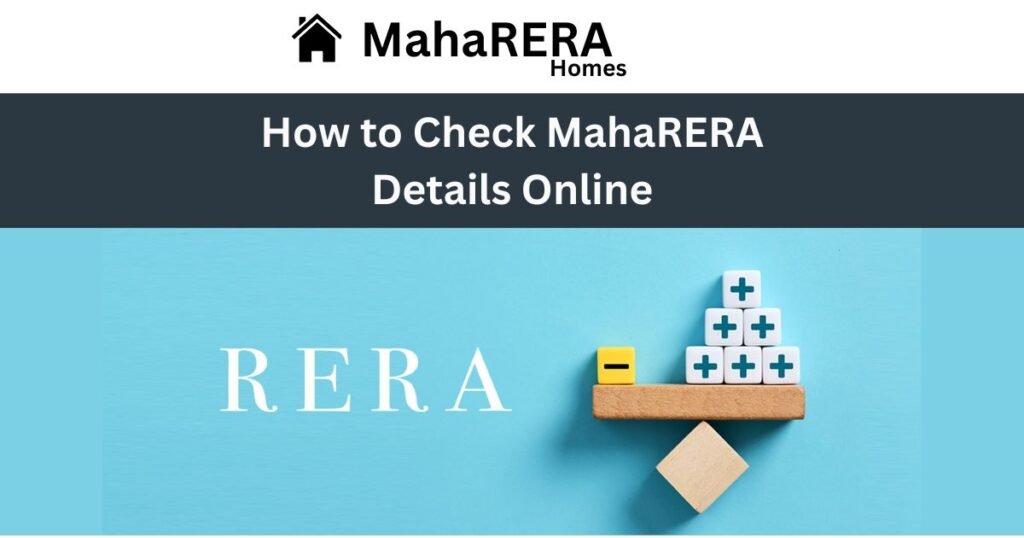The Real Estate (Regulation and Development) Act, commonly referred to as RERA, was enacted to bring accountability and transparency to the real estate sector in India. One of the primary objectives of RERA is to safeguard the interests of home buyers while promoting fair practices within the industry. By establishing a regulatory framework, RERA aims to address issues such as project delays, fraud, and lack of transparency, which have historically plagued the real estate market.
One of the most significant aspects of RERA is its role in ensuring that developers adhere to their commitments regarding project deadlines and specifications. Under RERA, developers are mandated to register their projects before advertising or selling them. This registration process requires developers to provide detailed information about the project, including timelines, layout plans, and financial disclosures. This information becomes public, allowing potential buyers to assess the legitimacy of a project before making any investments.
Checking the RERA status of a property is an essential step for home buyers and investors alike. By verifying a project’s RERA registration status, individuals can ascertain whether the project is compliant with regulatory norms and whether the developer is held accountable for delivering the promised amenities and timelines. Additionally, RERA provides a structured grievance redressal mechanism, empowering buyers to seek recourse in case of any discrepancies. This reassures buyers that their investments are protected and that they are less likely to fall victim to fraudulent schemes.
In effect, understanding the RERA framework and its implications is vital for making informed decisions in the real estate market. By utilizing resources and tools available to check RERA status, buyers and investors can ensure that they engage with legitimate and trustworthy projects, ultimately enhancing their investment security.

How to Access RERA Online Portal
The Real Estate Regulatory Authority (RERA) has enabled buyers, sellers, and other stakeholders to gain access to vital information regarding real estate projects through its online portal. Each state in India has its own official RERA website that serves as the primary source for checking RERA status. To start, it is essential to identify the relevant RERA website based on the state in which the property is located. A simple online search with the specific state name followed by “RERA” will guide you to the correct platform.
Once on the homepage of the RERA website, users will typically find several options that allow them to explore various functionalities. Most websites require visitors to create an account to access detailed information. To begin this process, you will need to provide some personal details, including your name, email address, and phone number. After filling out the registration form, an activation link is usually sent to your registered email for confirmation. This ensures that the information provided is valid and allows users to recover their accounts if they forget their login details.
After successfully creating an account, users can log in and navigate through the available options. To check RERA status, look for a specific section typically labeled “Registered Projects” or “Project Status.” Users can search for their desired project by entering relevant details such as project name, developer’s name, or registration number. The portal will then display comprehensive information, including project details, approvals, and timelines. It is advisable to keep the necessary details ready to ensure a smooth and efficient navigation experience. Utilizing the RERA online portal is a straightforward process that can help simplify your property verification tasks.
Also Read: MahaRERA Exam Phase 6: When will the date be out, know the full detail
Step-by-Step Process to Check RERA Status
Checking the RERA status of a property is a crucial step for potential buyers or investors looking to engage in real estate transactions. The process is designed to be user-friendly, allowing you to effortlessly verify the registration number, project status, and developer details. Below is a step-by-step guide on how to access this information through the RERA online portal.
First, start by visiting the official RERA website for your respective state. Most states in India have their own RERA portals. Look for the section designated for ‘Project Registration’ or a similar option on the homepage. This is where you can initiate your search.
Once on the relevant page, locate the search fields. You will typically be prompted to enter either the RERA registration number of the project or the name of the project itself. Choose the option that best suits your needs; entering the registration number usually yields more precise results. Fill in the required details correctly and click on the search button.
Upon submission, the portal will display a list of results matching your search criteria. Review the entries carefully. If you have entered the registration number, you should see detailed information regarding the project, including the developer’s name, project status, and the approvals obtained. This transparency is pivotal in safeguarding buyers from fraudulent developments.
In case you do not find the information you’re looking for, ensure that the registration number or project name is entered accurately. Double-check for typos and consider trying variations of the project name if it’s not yielding results. If issues persist, the portal likely provides a contact option for further assistance.
By following these steps, you should have a comprehensive understanding of how to check RERA status effectively. This ensures a smoother transaction process, offering you peace of mind in your property investments.
Interpreting RERA Status Results
Upon successfully executing the process of how to check RERA status, it is crucial to understand the various indicators displayed and what they imply regarding a property’s compliance with regulatory measures. Familiarizing oneself with these terms can aid prospective buyers in making informed decisions.
One of the most common status indicators is “active.” An active status indicates that the project is currently operational and progressing as planned. This means that the developer is adhering to RERA regulations and is expected to meet their obligations towards project completion. Conversely, an “inactive” status suggests that the project has stalled or is not currently registered with RERA. This can raise serious red flags regarding the legitimacy and reliability of the developer and the project itself.
Another essential status to consider is “completed.” When a project is marked as completed, it signifies that construction has been finished and occupancy certificates have likely been issued. This status offers potential buyers an assurance that the property is ready for habitation, pending your confirmation of all necessary documentation. In contrast, if a project displays a status of “under construction,” it is vital to scrutinize the expected completion date and track the project’s progress closely.
Furthermore, the project completion dates play a significant role in assessing whether to proceed with a purchase. Buyers should also pay attention to any disclosures made by developers at the time of registration, as these can provide insights into potential risks associated with the investment. Understanding this information holistically can greatly assist individuals in evaluating properties based on their RERA status, ensuring that they are well-informed and minimally exposed to financial risks in real estate transactions.




